Politics and Government
Jeane Herskovits Gottesman
Jeane Herskovits Gottesman was a philanthropist noted for her spiritual devotion to her work. She raised money for Jewish education, helping to support Yeshiva University, and was also a dedicated board member of Hadassah. Through Hadassah’s Youth Aliyah program, she helped rescue Jewish children during the Holocaust.

Sally Gottesman
Sally Gottesman, born 1962 in New Jersey and residing in New York, is a non-profit entrepreneur whose leadership and philanthropy have had a major impact on the Jewish feminist and justice landscape.
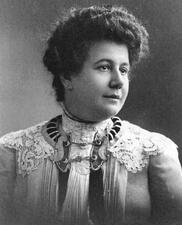
Emma Leon Gottheil
As a translator, Emma Leon Gottheil helped spread the ideals of Zionism across America, but as founder of the Women’s League for Palestine, she turned those ideals into reality.
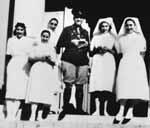
Greek Resistance During World War II
Sephardi and Romaniote women during the resistance movements in Greece and in Auschwitz Birkenau have been rarely mentioned in the literature on World War II, but they made varied contributions to the movement.
Selina Greenbaum
Selina Greenbaum was a philanthropist who created recreational resorts for overworked factory girls. In 1890, Greenbaum became the founding president of the Jewish Working Girl’s Vacation Society, which gave working young women a chance to find relief away from their demanding factory jobs.
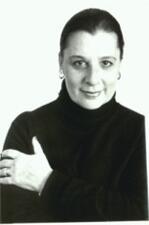
Blu Greenberg
Blu Greenberg is known as the mother of Orthodox feminism and is author of On Women and Judaism: A view from Tradition. She coined the phrase “Where there’s a rabbinic will, there’s a halakhic way,” demanding that rabbis find systemic solutions to help women who feel trapped by aspects of halakhah. Greenberg is a fierce advocate for agunot, women trapped in unwanted marriages.
Aliza Greenblatt
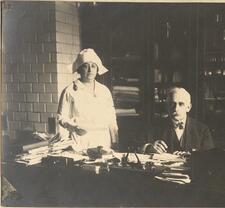
Amelia Greenwald
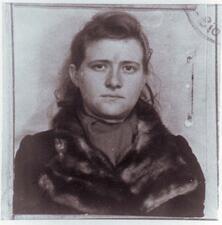
Haika Grosman
Politically active from a young age, Haika Grosman played a key role in the underground resistance to Nazi occupation and the Holocaust and put her safety on the line in the name of the movement.
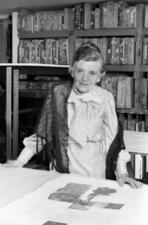
Tatyana Grosman
Tatyana Grosman nurtured an entire generation of printmakers and raised printmaking in the United States to the status of major fine art. Universal Limited Art Editions, which she founded in 1957, published prints by many major American artists, and launched collaborative endeavors between artists and writers. Much of the press’s work was acquired by the Metropolitan Museum of Art.
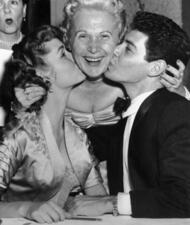
Jennie Grossinger
Ethel Shilmover Grossman
Mary Belle Grossman
In 1918, Mary Belle Grossman became one of the first two women admitted to membership in the American Bar Association. After the passage of the Nineteenth Amendment in 1920, she became one of Cleveland’s most successful political activists.
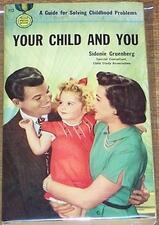
Sidonie Matsner Gruenberg
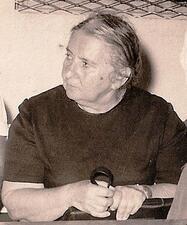
Rivka Guber
Through her work as a soldier, writer, teacher, and volunteer supporting immigrants, Rivka Guber exhibited selflessness for her neighbors and for the young State of Israel as a whole, earning her the title “Mother of the Sons” and the respect of the nation.
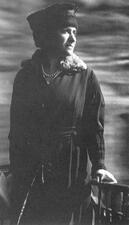
Florence Shloss Guggenheim
Irene Rothschild Guggenheim
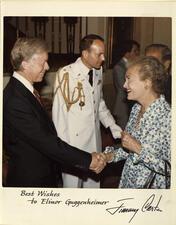
Elinor Guggenheimer
Elinor Guggenheimer first toured New York City day nurseries as a member of the Federation of Jewish Philanthropies during the 1930s. Horrified by what she saw, Guggenheimer began a lifelong crusade for improved and standardized child care facilities across the country, in addition to her work promoting women in public office.
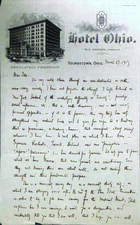
Ida Espen Guggenheimer
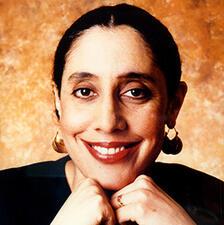
Lani Guinier
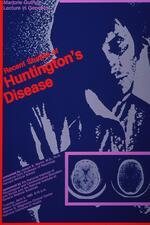
Marjorie Guthrie
First a dancer, then a teacher, Marjorie Guthrie founded the Woody Guthrie Children’s Fund and Archive in 1956 to preserve her husband’s works for future audiences. By the end of her life, she was a national activist for Huntington’s Disease and other genetic and neurological diseases.
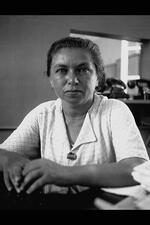
Bracha Habas
Bracha Habas was an educator and one of the first professional women journalists in Erez Israel. She was a member of Davar’s editorial board and the co-founder of its children’s newspaper, Davar le-Yeladim. Enumerating on Habas’s 48 publications, Rahel Adir described her as “the recorder of Yishuv history.”
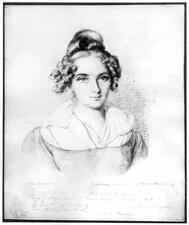
Habsburg Monarchy: Nineteenth to Twentieth Centuries
Jewish women in the Habsburg Monarchy experienced the stresses and strains of nineteenth- and twentieth-century Jewish life as Jews, as women of their particular social classes, and as inhabitants of the different regions of the Monarchy. In some regions, they modernized and acculturated, but the overwhelming majority remained deeply pious, traditional Jews.
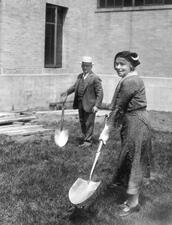
Hadassah in the United States
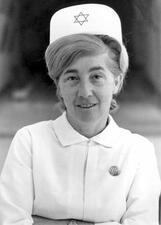
Hadassah School of Nursing: First Graduating Class
Nursing was not recognized as a profession in Israel until 1918, when the American Zionist Medical Unit, which later became the Hadassah Medical Organization, opened a nursing school. The first graduates were the leaders and pioneers of the nursing profession in Israel.


